Are you looking to add some color to your garden right after winter? Then warm-season annuals are the answer you are looking for. In fact, they are the best group for the job since they grow quickly and economically. They’re planted from seed as soon as the danger of frost has passed and die as soon as frost appears. They grow fast if they’re sprouted from seeds, but they grow even faster if they’re grown from transplants.
Bed Preparation and Planting
Before you begin planting, be sure to prepare the beds or pots that you’ll be planting in. Begin preparations by adding three to four inches of various organic matter, such as dried leaves, compost, manure, or humus, together with some sand if the soil seems too heavy. If you’re using a bed, space the plants 12 to 18 inches apart to make sure that they grow optimally.
Fertilize the plants right after planting and after fixed intervals of time throughout the season. You can use two pounds of 12-6-6 fertilizer containing minor nutrients per 100 sq ft of bed space.
Warm Season Annuals
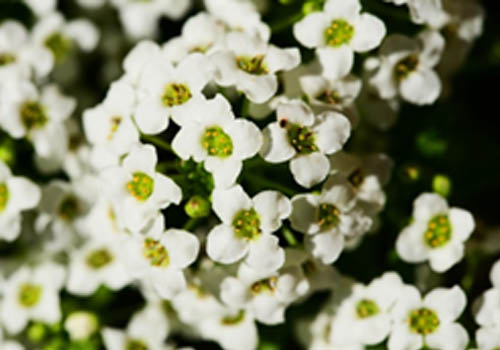 Sweet Alyssum (Lobularia maritime)
Sweet Alyssum (Lobularia maritime)
They are best planted in the early spring but require little maintenance while growing. They are typically used as groundcover as they rarely grow higher than 8 in tall. They are also grown in cracks in paving and walls. They prefer partial shade and are resistant to heat and drought. Darker versions of the plant do better in cooler temperatures.
 Periwinkle (Vinca major and minor)
Periwinkle (Vinca major and minor)
Both species are extensively used as a flowering evergreen ornamental plant. They are often used as traditionally maintenance-free groundcover because they are low-lying and spread quickly.
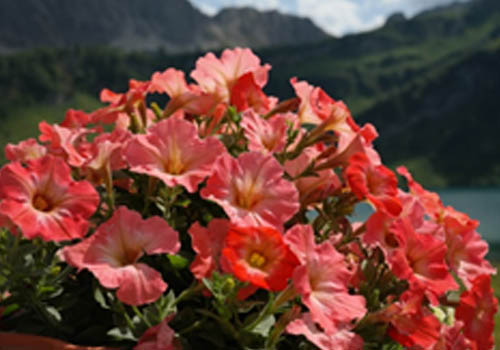 Petunias
Petunias
They are able to tolerate hot climates and relatively harsh conditions. They grow well in low humidity and moist soil. They need at least five hours of sunlight every day. They can be cultivated in hanging baskets, in which case, they require frequent watering. Fertilizer can be applied weekly or monthly, depending on the variety, will help the plant grow quickly.
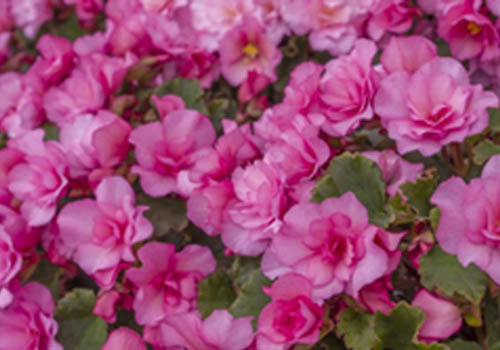 Begonias
Begonias
Most species come from tropical regions so they generally require warm temperatures but not all can tolerate full shade. They mostly thrive in bright shade. In general, they require a well-drained growing medium that is neither constantly wet nor allowed to dry out completely so they need to be watered fairly frequently.
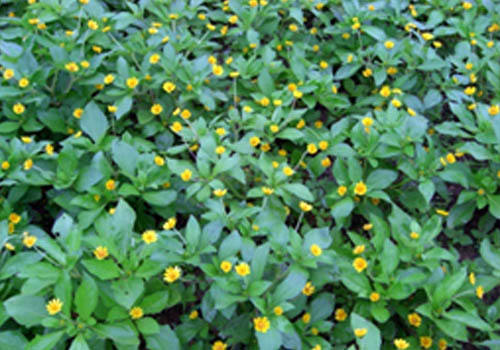 Melampodium (Melampodium paludosum)
Melampodium (Melampodium paludosum)
They have moderate to high drought tolerance. They are good bedding plants as they produce small, bright yellow daisy-like flowers from spring to frost. They requires almost no maintenance as they are self-cleaning, they need no deadheading, and they thrive in the heat and humidity of summer as long as the soil is well-drained.
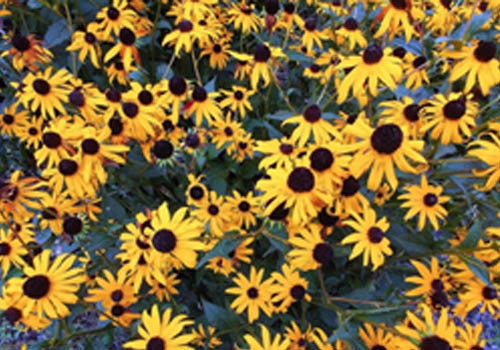 Black-eyed Susan aka Gloriosa Daisy
Black-eyed Susan aka Gloriosa Daisy
They are easily grown from seed and are heat and drought tolerant once they are established. They beautifully add a contrasting color to many areas that seem predominantly yellow during the summer months. They will, no doubt, be the prettiest flowers in your garden.
 Scarlet Sage (Salvia splendens)
Scarlet Sage (Salvia splendens)
They are prized by gardeners all around for their ornamental blossoms, which have an outstanding effect in beds, borders, and containers. They are easy to grow and are fairly pest- and disease-free. They require little maintenance as they require little deadheading. The best thing is, they attract plenty of butterflies.




